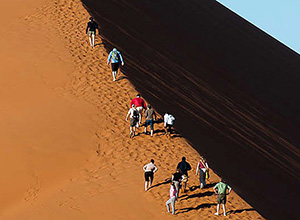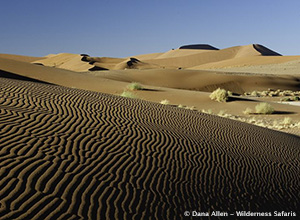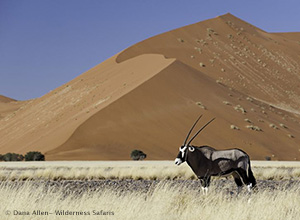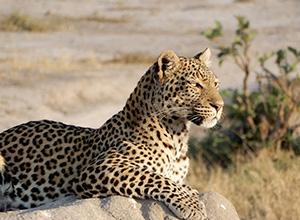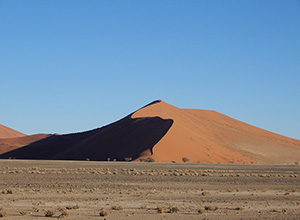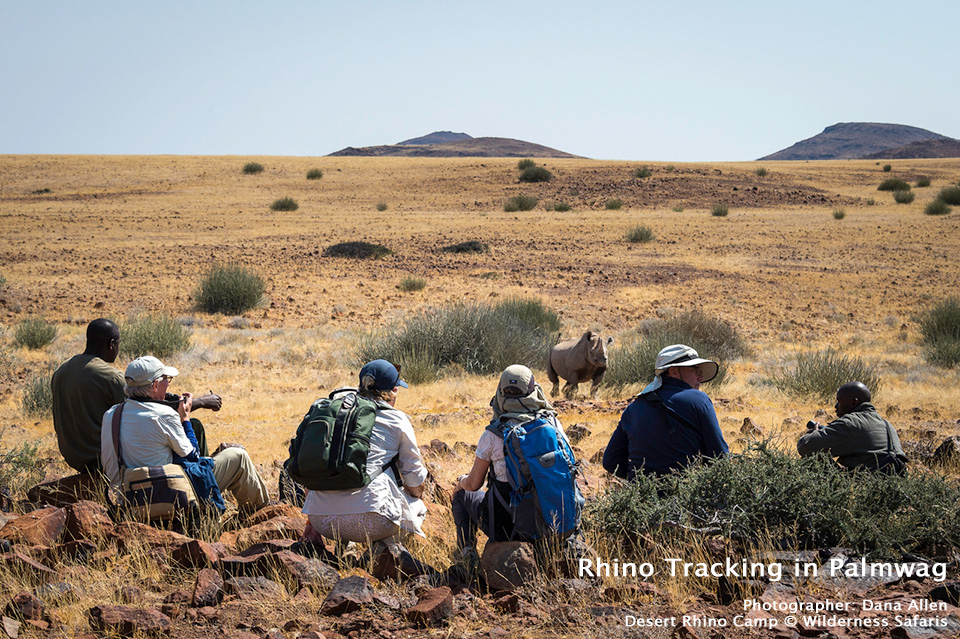
Namibia
Namibia possesses some of the most stunning landscapes in Africa!
Namibia, an arid country of surprising contrasts, is home to two great deserts. Along its length, the vast shifting sand sea of the Namib sprawls inland along the Atlantic coastline. In the interior, the plateau slopes away to the north and east to meet the Kalahari Desert.
Namibia is a safari destination with a difference, famed for its remote and intimate lodges, in starkly beautiful places filled with fascinating desert-adapted wildlife.
Things to look forward to in Namibia:
- Climbing the world’s tallest sand dunes at Sossusvlei
- Viewing wildlife that has adapted to the harsh desert
- Tracking black rhino on foot in true wilderness
- Appreciating one of the oldest Bushman rock art sites in the world
- Interacting with the fascinating Himba people
I love being in this crazy dry place, with the utmost stark, harsh, drop dead scenic sites on the planet! I say “God was angry when she made Namibia!”
You have to visit all the areas to understand the nuances of each place.
It is truly a place that is difficult to describe until you visit and feel it for yourself! I guarantee you WILL go back!!!
NAMIBIA SAFARIS





